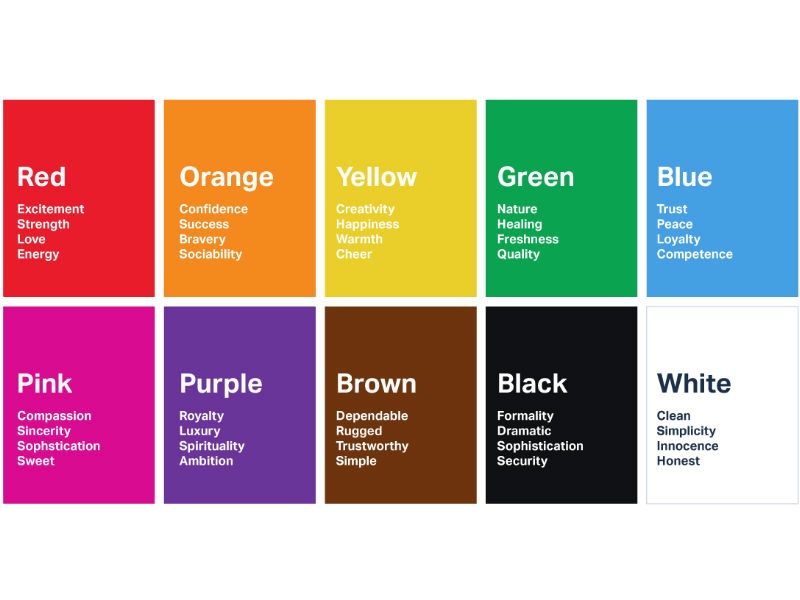Color is a powerful communication tool and can be used to indicate action, influence mood, and even influence physiological responses. Some colors are associated with increased blood pressure, increased metabolism and eye fatigue. So the question that arises is how exactly do colors work? How does color affect mood and behavior?
Why is color such a powerful force in our lives? What effect can it have on our body and mind?
color spectrum
The colors in the red spectrum are known as warm colors and as mentioned include red, orange and yellow. These warm colors evoke feelings ranging from warmth and comfort to anger and hostility.
The colors of the blue spectrum are known as cool colors, which include blue, purple and green. These colors are often described as calm, but can also evoke feelings of sadness or indifference.
Colors in traffic
In many cultures, red means danger. Traffic signs that require immediate attention and reaction are usually red. This is a good choice, color effects apply to behavior.
From a neuroscience point of view, making them red is a wise choice. In our brain, most of the cells responsible for color vision are ready to respond to the color red. Therefore, red color attracts our attention more. Therefore, we can respond faster to the red signal.
Colors affect our taste.
Do you know that food color can increase our appetite and affect our taste? Orange increases appetite and is often used for food packages and in fast food restaurants. The color blue causes disgust and loss of appetite because there is no natural food in blue (light).
For example, Nestlé has recently launched a masala tea-flavored Kit Kat chocolate, which has not been well-received because green is not usually a color associated with chocolate, desserts, and sweets. Because the association of green color in dairy products indicates the spoilage of the product, therefore, this color association may prevent some Europeans from trying and enjoying this version of chocolate.
Color affects us
Whether you feel warm or cold can depend on the color tone of your environment. A room painted in a warm color temperature will feel a higher temperature than the same temperature in a room with a cold color. Blue color represents winter, ice, water, freshness, rain, wind, and when it is cold, your lips turn blue. Warm colors like red or yellow create images like fire, sun and summer in your mind. They are not called warm and cold colors for no reason.
Colors and emotions
Warm colors such as red, yellow and orange evoke more arousing emotions such as love, passion, joy and anger. Cold colors such as blue, green and purple are associated with calmness, sadness and indifference. Colors can stimulate these moods and emotions.
Color psychology is implemented as therapy
Several ancient cultures, including the Egyptians and Chinese, used chromotherapy, or the use of colors for healing. Chromotherapy is sometimes referred to as light therapy or color therapy.
Colorism is still used today as a holistic or alternative therapy.

For example:
Red color is used to stimulate the body and mind and increase blood circulation
Yellow color stimulates the nerves and purifies the body
Orange is used to improve the lungs and increase energy levels.
Blue relieves diseases and cures pain.
Result
So what is the bottom line? Experts have found that while color can affect how we feel and act, these effects depend on personal, cultural, and situational factors.
But know that colors have many effects on our lives.




